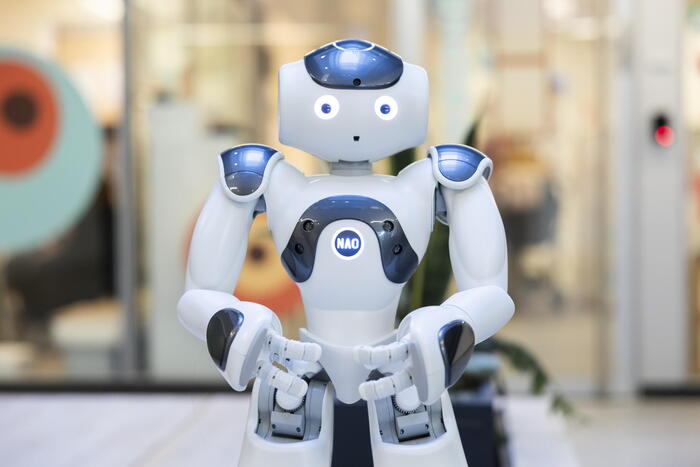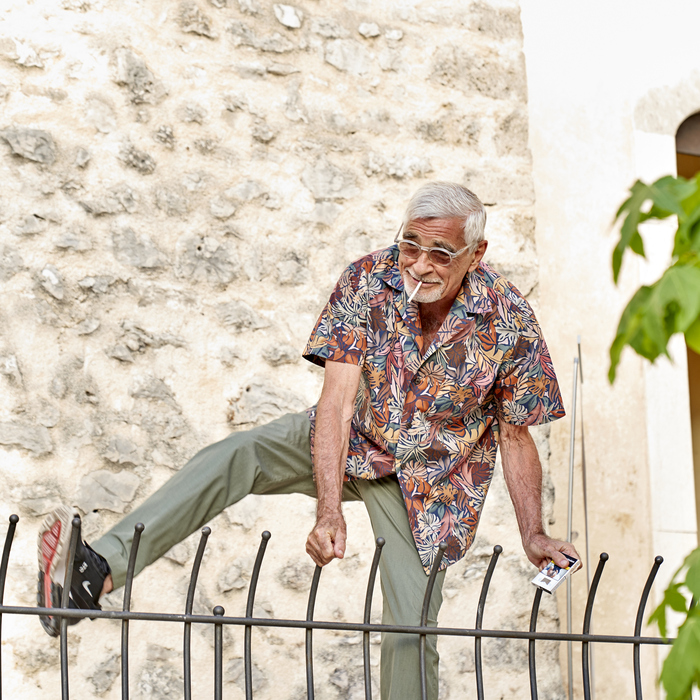Children are not alone, and not infrequently, at the center of our attention and our speeches.
They are very often elevated to a symbol, or a metaphor as the case may be, of something.
The symbolic image - we have already talked about it - of the
child delivered into the hands of an American soldier beyond the barbed wire of the Kabul airport
, the expression of
Josè Mourinho
, the demiurge coach, when he says:
'Mine is was the race of a child
', commenting on that (perhaps) instinctive reaction that led him to rejoin the hottest sector of the fans at the end of a match won at the last breath, and finally the tragic, fragile, miraculous figure of
Eitan
, the little one who, after being the only survivor of the tragedy of the
Mottarone
cable car
- and this could already be enough to make it a powerful symbol - ended up at the center of a family dispute complete with kidnapping and international intrigue, exponentially multiplying the feeling of empathy , closeness and pietas: these are three recent examples of how the power of the image of the child has become established in our imagination and in our discourse so as to become a touchstone and a source of emotion and participation beyond, or on this side if you prefer , of any ideological position.
Listen to "Word of the week: baby (by Massimo Sebastiani)" on Spreaker.
Let's try to make our way between the references of the word and the idea of a child, carefully avoiding any childish rhetoric. The origin of the term, to begin with, takes us in a direction that is only one of the dimensions occupied by the child's aura. It is
onomatopoeic, because the lips M, P and B
are the first that the newborn pronounces (mom, dad, dad, bumba, etc.). For this reason, child is also the diminutive of bambo, bimbo, an archaic form that stands for sucker, therefore silly. Not so much in the sense of stupid as in that of immature, devoid of knowledge and experiences of life that typically has an adult and that preserve (or should preserve) him from the difficulties of existence and his stumbling blocks. Also the other most probable etymological hypothesis, the Greek
bambàino
, remains in the same dimension: the verb in fact means to stammer and therefore indicates those who are beginners even with language so much that they are unable to say complete words and phrases. But the semantic area concerning the child is not limited to this origin: there is also the infant, who remains within the same perimeter of meaning because it derives from
fans-fantis
, present participle of
fari
, to speak, and therefore means that he cannot speak. , and pais which in ancient Greek meant son, child, boy under the age of 14 and from which all expressions such as
paideia
, pediatrician, but also pedophilia or child pornography
derive
.
But there must be something different and more than all this if psychology and psychoanalysis have devoted so much attention to the child and in particular
Jung
, who in these forays among the words we have already mentioned several times, even makes him one of the archetypes, that is, one of the fundamental contents of the collective unconscious, the key images or symbols with which we organize our knowledge of the world and of individuals. The
Puer Aeternus
contains the idea and the charm of creativity, vitality, joy of life, the potential to be expressed, the creative imagination, adventure and the beginning (a word which we dealt with).
It is therefore not surprising that the great cultures have immediately placed the child in a privileged dimension: from ancient Egypt, in which the pharaoh is the son (of Ra, in this case, the sun-god) to ancient Greece, in which he is considered semi-divine and whose characteristics are transferred to some figures of God-child or Young hero. For
James Hillman
, also a traveling companion of these words, the Puer is a hero, a divine child, the son of the great mother, a psychopomp, a mediator with the divinity and finally, as we know very well, the messiah.
In short, other than stuttering and suckers. Or rather, that stammering and that 'nonsense', if we can say so, are a lack, an emptiness, which hide much more. Otherwise it would not be explained why children can stand up as judges, as in the famous 'Children look at us' by
Vittorio De Sica
and above all it would not explain
the child of Pascoli
,
Peter Pan
,
Pippi Longstocking
and of course
Harry Potter
. Anyone who says he behaves like a child is saying much bigger. Just like the
Nomads
in the famous '
Vagabondo'.




